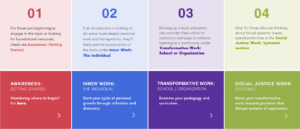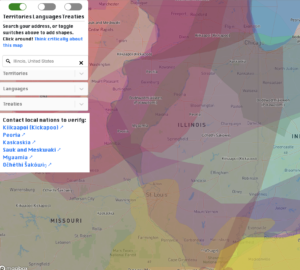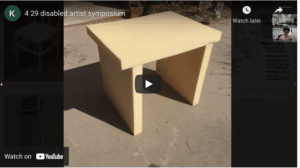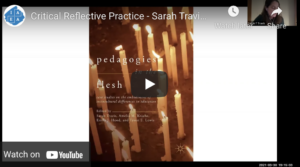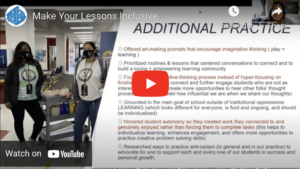Equity, Diversity & Inclusion
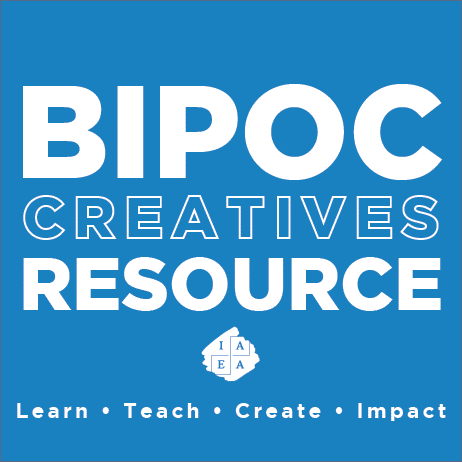
Illinois educators collaboratively developed these BIPOC artist resources to use in designing your curriculum. Our resources now have over 1000+ artists categorized by media, along with images, links, and notes.
As visual arts, design, and media educators, we understand the power of meaningfully connecting arts students of all levels with contemporary working artists. The IAEA is committed to helping arts educators bring artists into their learning
environment to engage with students through artist talks, guest critique sessions, workshops, and virtual connections). Apply now for the IAEA Artist Connection Honorarium.
IAEA members are encouraged to apply for funds to pay artists who work with their students (or purchase an artwork from the artist as payment). Funding is based on the type and duration of engagement (e.g., artist talk vs. 2-day workshop). Priority is given to artists whose work aligns with IAEA’s Equity, Diversity, and Inclusion core values.
NAEA has created a wide-ranging and flexible repository of multimedia resources, readings, and materials that support our membership’s commitment to grappling with interpersonal and societal issues that still impact oppressed communities in the field. This hub is designed to be useful regardless of where you are in your ED&I journey. Get started.
We’re in the process of building resources. If you have suggestions, please fill out the form in the “stay informed/join us” tab.
Land Acknowledgement/Land Remembrance Map
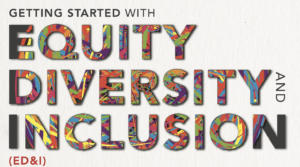
Download Tips for Getting Started
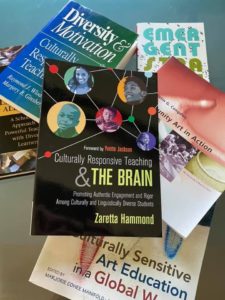
Book Recommendation: Culturally Responsive Teaching & The Brain. There is currently a book study for art teachers underway! Learn more
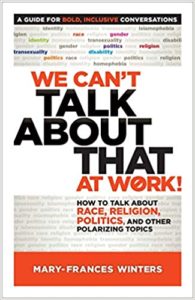
Book Recommendation: We Can’t Talk about That at Work!: How to Talk about Race, Religion, Politics, and Other Polarizing Topics
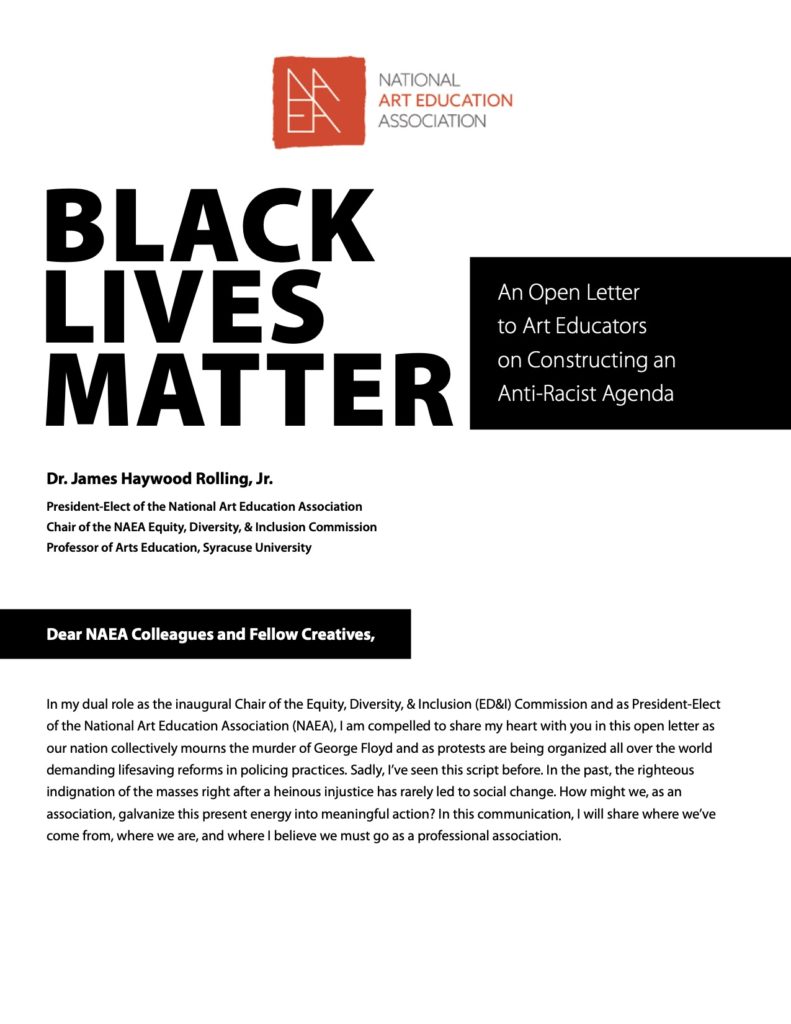 Black Lives Matter_ An Open Letter to Art Educators on Constructing an Anti-Racist Agenda
Black Lives Matter_ An Open Letter to Art Educators on Constructing an Anti-Racist Agenda
Webinar Recording: Disabled Artist Symposium
Presenters: Andy Slater, Sky Cubacub, Christopher Samuel, Rebecca-Eli Long, and Gary Cannone @ Multicultural Center at Illinois State University.
Webinar Recording: Addressing Equity, Diversity, and Inclusion in Art Education through Critical reflective Practice.
Presenters: Dr. Sarah Travis & Dr. Emily J. Hood
Webinar Recording: Make Your Lessons Inclusive
Check out our upcoming events on the Events page
Teachers and students can collectively combat oppressive systems to transform society by critically investigating the intersectionality of privilege, access, power, race, gender expression, sexuality, ability, and other identities.
The Equity, Diversity, and Inclusion Committee seeks to create an inclusive and equitable society that promotes creativity and connectedness to enable the fulfillment of human potential. Our classrooms are not just art and design studios, but are sites for student expression, communication, and spaces with the potential to challenge oppressive models and transform society. Using culturally responsive and empathetic practices, teachers and students recognize, analyze, and unpack the concept of identity, viewing it through multiple lenses. By critically investigating the intersectionality of privilege, access, power, race, gender expression, sexuality, ageism, and ableism, teachers and students make space for emergent, alternative narratives and shared discussion.
Through involvement with Committee resources and workshops, teachers gain instructional competencies and knowledge of activities that promote empathy within their classroom communities across all levels. Teachers explore what diversity, equity, and inclusion looks like in the art classroom and learn how to incorporate meaningful connections with students. Through self-reflection, teachers recognize how symbols, identifiers, and processes represent identities and the role that identity plays in shaping interactions, including critique and assessment. Throughout time artworks have been created by every kind of person, but prominent visual representations usually serve the needs of dominant groups; teachers work to authentically incorporate diverse creatives within their curriculum to center underrepresented voices. Teachers gain leadership skills to be voices for antiracist teaching practices in their schools, including understanding their legal rights and responsibilities. Teachers work to identify and challenge oppressive mindsets and practices within their schools, and to become accomplices to young people seeking to do the same.
THANK YOU Chicago Community Trust and IDPH for supporting the advancement of Justice, Equity, and Creativity in Illinois Schools!
